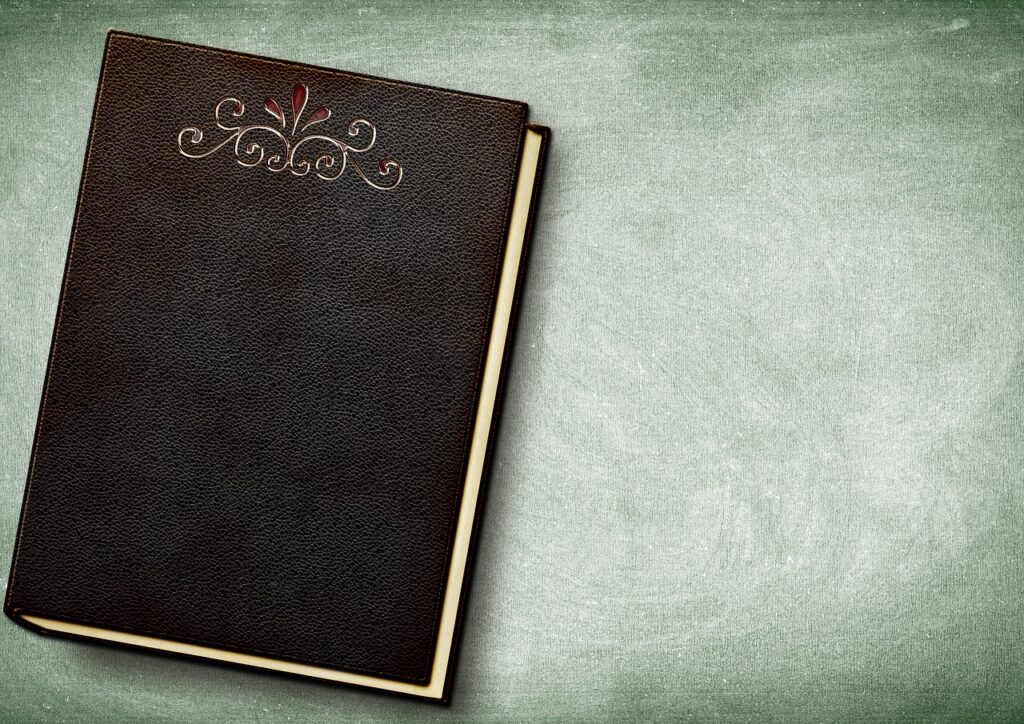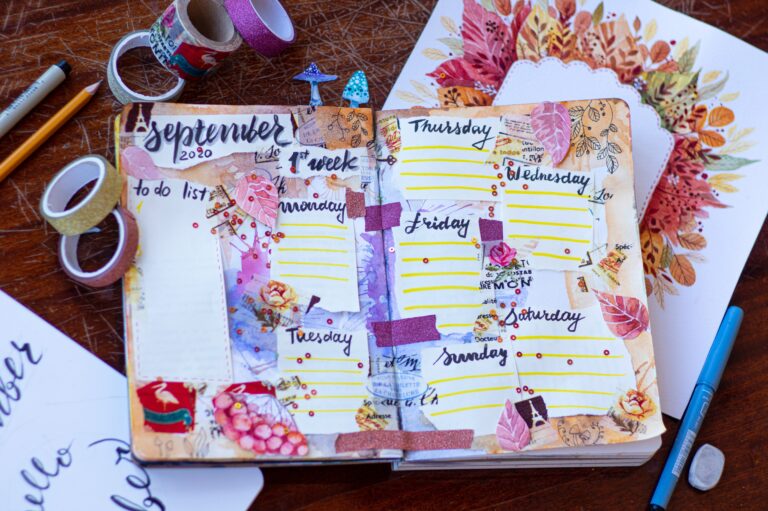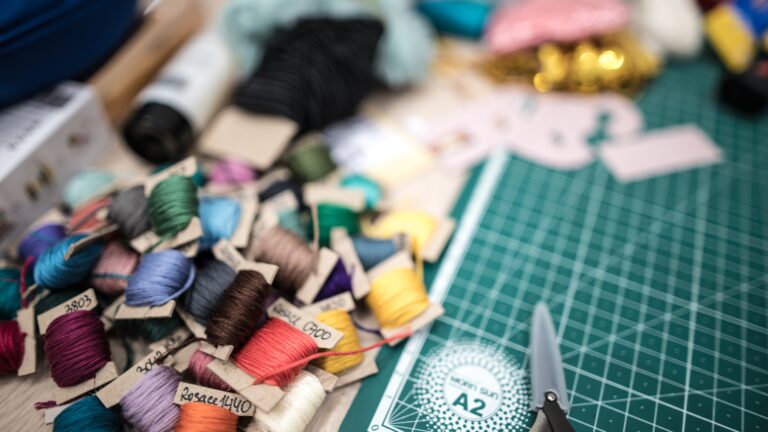What are the Different Types of Scrapbooking Techniques?
Scrapbooking is a popular hobby that allows individuals to creatively preserve memories, tell stories, and express their artistic side. It’s a versatile craft with a variety of techniques that cater to different styles and preferences. In this blog post, we’ll explore some of the most popular scrapbooking techniques that you can incorporate into your projects.
1. Layering
Layering is a technique that involves stacking different elements on top of each other to create depth and dimension. This could include photos, paper cut-outs, stickers, or embellishments. The key to successful layering is to ensure each layer is visible and contributes to the overall design. Layering can make your scrapbook pages more visually interesting and dynamic.
2. Distressing
Distressing is a technique used to give your scrapbook pages a vintage or worn-out look. This can be achieved through various methods such as sanding, tearing, inking, or crumpling. Distressing can add texture and character to your pages, making them look more unique and personalized.
3. Stamping
Stamping is a versatile technique that involves using rubber or acrylic stamps to add designs to your scrapbook pages. You can use a variety of ink colours and stamp designs to match the theme of your page. Stamping can be used to create backgrounds, borders, or focal points on your pages.
4. Die Cutting
Die cutting is a technique that involves using a machine to cut out shapes, letters, and designs from paper or other materials. These cut-outs can then be used as embellishments on your scrapbook pages. Die cutting allows for precise and intricate designs that would be difficult to achieve by hand.
5. Embossing

Embossing is a technique that creates a raised design on your scrapbook pages. This can be achieved through heat embossing, which involves using a special powder and heat tool, or dry embossing, which involves using an embossing folder and a die-cutting machine. Embossing adds texture and elegance to your pages.
6. Journaling
Journaling is an essential part of scrapbooking. It involves writing notes, stories, or descriptions to accompany the photos and designs on your pages. Journaling can be done by hand or printed out on a computer. It adds a personal touch to your scrapbook and helps to preserve memories in more detail.
7. Collaging
Collaging is a technique that involves arranging and glueing together various materials and elements to create a design. This could include photos, paper cut-outs, stickers, fabric, and more. Collaging allows for a lot of creativity and can result in unique and interesting designs.
8. Mixed Media
Mixed media is a technique that involves combining different types of materials and mediums. This could include paper, paint, ink, fabric, metal, and more. Mixed media can add a lot of texture and interest to your scrapbook pages and allows for a lot of experimentation and creativity.
In conclusion, scrapbooking is a versatile and creative hobby with a variety of techniques to explore. Whether you’re a beginner or an experienced scrapbooker, trying out different techniques can help to expand your skills and make your scrapbook pages more unique and personalized. So, don’t be afraid to experiment and try something new. Happy scrapbooking!
Photo by Volodymyr Proskurovskyi on Unsplash
Image by Dorothe from Pixabay

